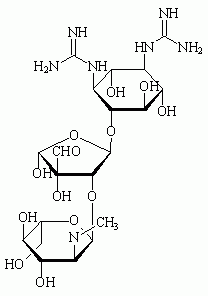Beewolf wasp mothers leave little to chance. They build a separate underground protective cell for each of their eggs and provision each cell with a few paralyzed live honeybees so that the larvae will find dinner ready when they hatch. Martin Kaltenpoth, a biologist at the University of Wurzburg in Germany, and his colleagues recently discovered that beewolf moms also swab the cells with disinfectant.
Specialized glands in the wasp's antennae host bacteria of the genus Streptomyces--normally soil-dwelling bacteria that produce antibiotic and antifungal compounds such as streptomycin and tetracycline. As mom readies her brood cells, her antennae secrete lots of bacteria-laden white glop, which she smears inside each cell. Then she lays an egg and closes up the chamber. Several months later the larvae hatch. They touch and seemingly ingest some of the glop, and then start spinning their cocoons--inadvertently infusing the threads with the Streptomyces and their medicine.
And that's a good thing for the larvae. A brood cell can get hot and steamy--a perfect setting for fungal and bacterial infections. Dinner--and the diner--could readily decay. Kaltenpoth and his colleagues found that when deprived of glop, only one of fifteen larvae survived long enough to emerge from the cocoon--compared with fifteen of eighteen from a batch of undeprived larvae. The biologists propose that symbiotic, antibiotic-producing soil bacteria such as Streptomyces may have joined forces with numerous species of arthropods, and may have helped make the soil a hospitable place for a nest. (Current Biology 15: 475-79, 2005)
COPYRIGHT 2005 Natural History Magazine, Inc.
COPYRIGHT 2005 Gale Group



